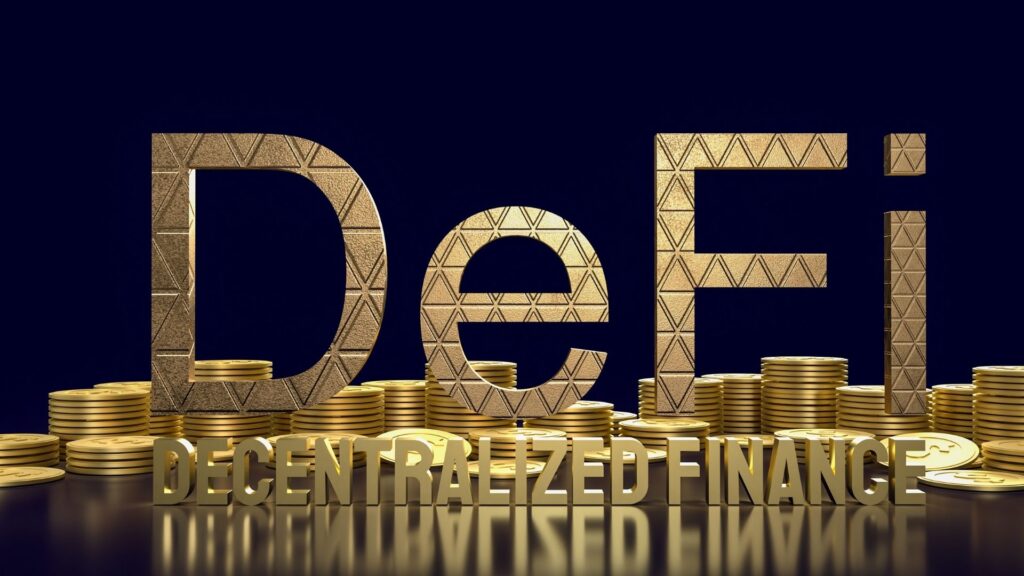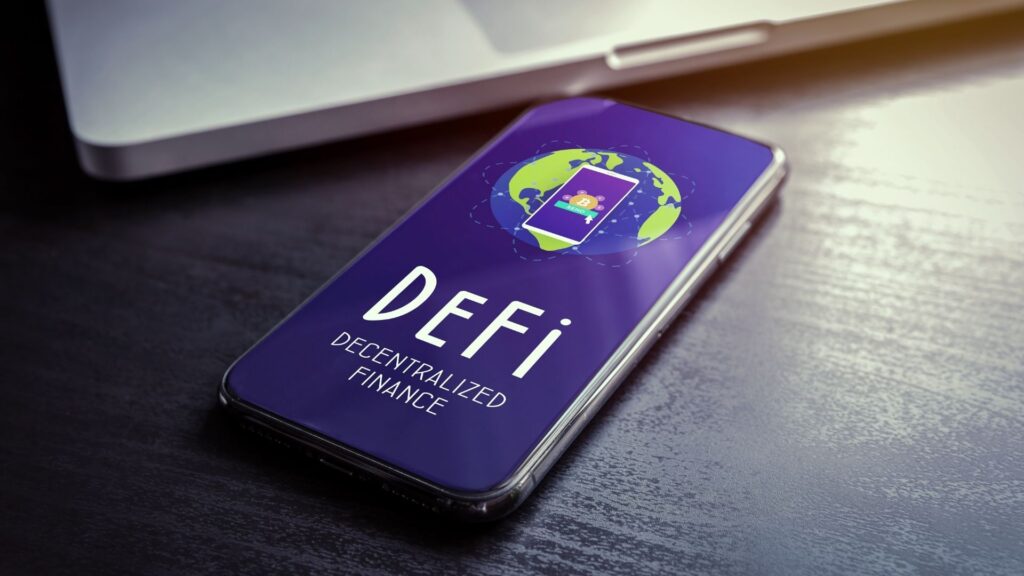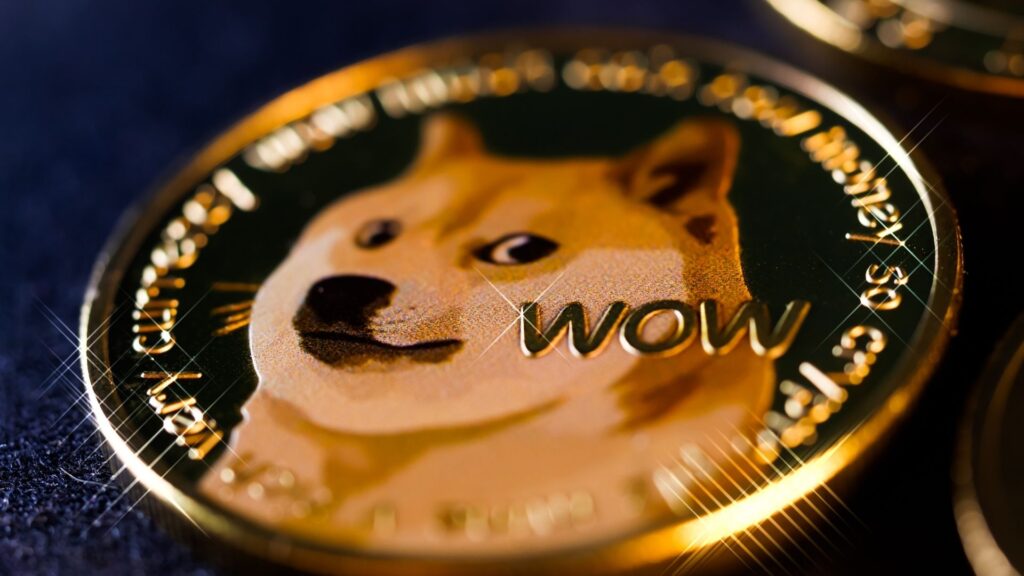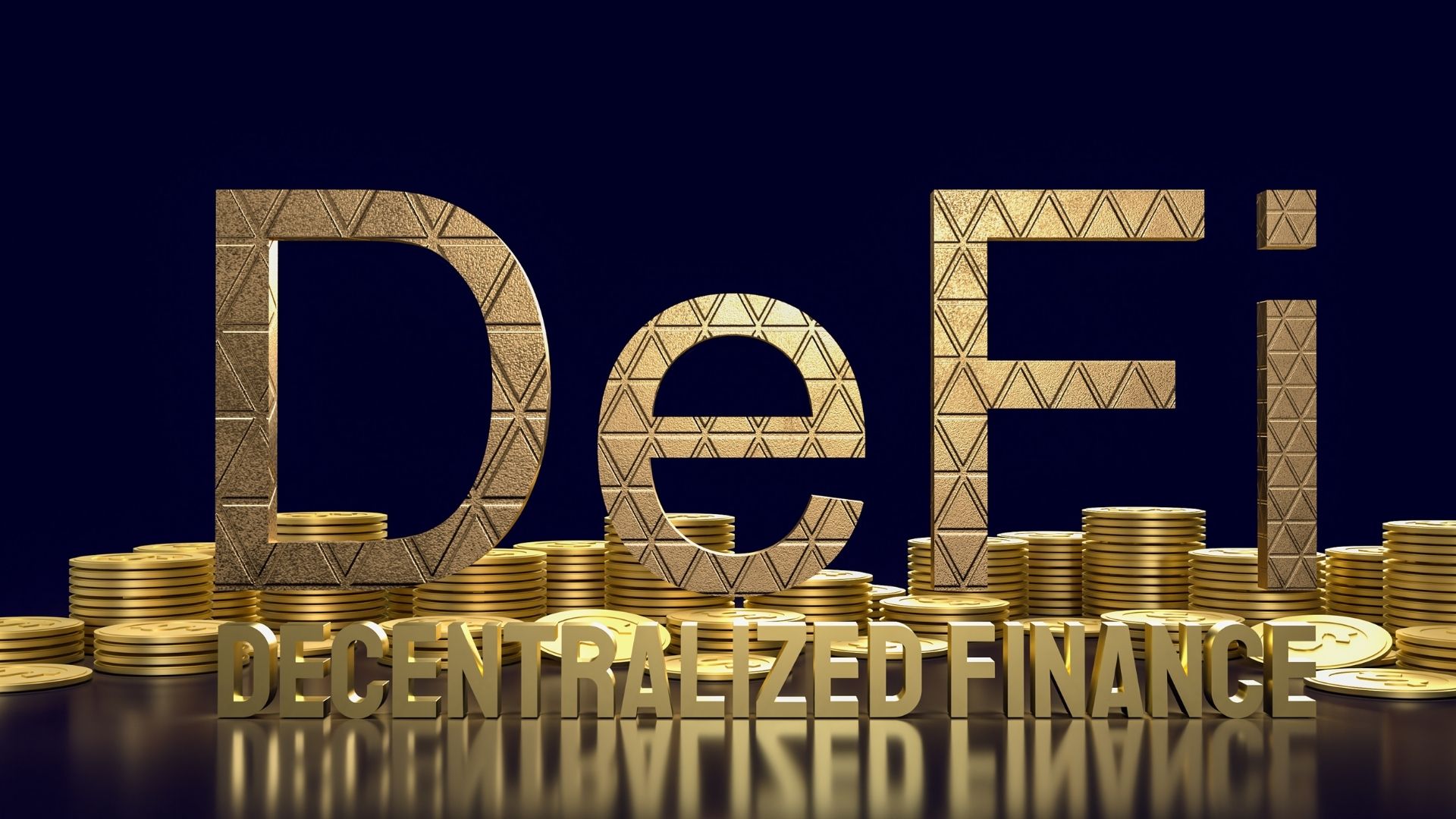The financial world is undergoing a seismic shift, and at the heart of this transformation is a concept known as DeFi, or Decentralized Finance. You’ve likely heard the term buzzing around crypto forums or news sites, but what exactly is it? And more importantly, why should you care?

Forget stuffy bank branches and endless paperwork. DeFi aims to build a brand new, open financial system that’s accessible to everyone with an internet connection, all powered by cutting-edge blockchain technology. It’s finance, but not as you know it.
So, What Exactly is DeFi?
At its core, Decentralized Finance refers to financial services built on blockchain networks, primarily Ethereum. Unlike traditional finance (often dubbed TradFi), which relies on central authorities like banks, brokers, and exchanges, DeFi cuts out the middleman.
Think about getting a loan. Traditionally, you’d go to a bank, fill out applications, and wait for approval. With DeFi, you can interact directly with protocols – sets of code (called smart contracts) – that automate these processes. These smart contracts act as the trustless intermediaries, executing transactions automatically when certain conditions are met.
The Key Ingredients: How Does DeFi Work?
Several core components make the DeFi ecosystem tick:
- Blockchain: This is the foundational technology. Blockchains are distributed, immutable ledgers that record transactions transparently and securely. While Bitcoin was the pioneer, platforms like Ethereum are more versatile for DeFi because they support complex smart contracts.
- Smart Contracts: These are self-executing contracts with the terms of the agreement directly written into code. They automatically carry out actions when predefined conditions are met, eliminating the need for intermediaries and reducing counterparty risk. For example, a smart contract could automatically release funds to a borrower once they’ve deposited the required collateral.
- Cryptocurrencies & Digital Assets: DeFi applications predominantly use cryptocurrencies (like Ether, Dai, USDC) for transactions, collateral, and governance.
- Decentralized Applications (dApps): These are applications built on top of blockchain networks that provide user interfaces to interact with DeFi protocols. Think of them as the “apps” you use to access DeFi services, much like you use a banking app.
Why is DeFi Gaining Traction? The Core Benefits
DeFi isn’t just a fancy tech buzzword; it offers tangible advantages over the traditional financial system:
- Accessibility & Inclusivity: Anyone with an internet connection and a crypto wallet can access DeFi services, regardless of their location or financial status. This opens up financial tools to the unbanked and underbanked populations globally.
- Transparency: Every transaction on a public blockchain is recorded and verifiable by anyone. This brings an unprecedented level of transparency compared to the often opaque operations of traditional financial institutions.
- User Control & Custody: In DeFi, you generally maintain control over your assets in your personal crypto wallet. This concept of “self-custody” is a significant departure from traditional banking where the bank holds your funds.
- Efficiency & Speed: By automating processes through smart contracts and removing intermediaries, DeFi can often offer faster and cheaper transactions.
- Interoperability & Composability: DeFi protocols are often built like “money Legos.” This means different applications can be combined and integrated to create new and innovative financial products and services.
What Can You Actually Do with DeFi? Common Use Cases

The DeFi space is constantly evolving, but here are some of the most popular applications:
- Lending & Borrowing: Platforms allow users to lend out their crypto to earn interest or borrow assets by providing collateral. This happens peer-to-peer (or rather, peer-to-protocol) without needing a bank’s approval.
- Decentralized Exchanges (DEXs): These platforms enable users to trade cryptocurrencies directly with each other without a central intermediary holding their funds. Popular examples include Uniswap and Sushiswap.
- Stablecoins: These are cryptocurrencies designed to maintain a stable value by being pegged to an external asset, usually a fiat currency like the US Dollar (e.g., USDC, Dai). They provide a less volatile way to interact with DeFi.
- Yield Farming & Liquidity Mining: These are more advanced strategies where users provide liquidity (funds) to DeFi protocols in exchange for rewards, often in the form of the protocol’s native token.
- Insurance: Decentralized insurance platforms are emerging to offer coverage against risks like smart contract failures or stablecoin de-pegging.
- Derivatives & Synthetics: DeFi allows for the creation of synthetic assets that mimic the value of real-world assets (like stocks or commodities) or complex derivative products.
Navigating the Waters: Risks and Challenges in DeFi
While the potential of DeFi is immense, it’s crucial to be aware of the risks involved:
- Smart Contract Vulnerabilities: Bugs or flaws in the code of smart contracts can be exploited by hackers, leading to loss of funds. Audits help, but no code is entirely foolproof.
- High Volatility: The value of cryptocurrencies can be extremely volatile, impacting the value of assets locked in DeFi protocols.
- User Experience (UX): While improving, interacting with DeFi applications can still be complex for beginners compared to traditional banking apps.
- Regulatory Uncertainty: The regulatory landscape for DeFi is still evolving globally, creating uncertainty for users and developers.
- Impermanent Loss: When providing liquidity to certain types of DEXs, users can experience impermanent loss if the price ratio of the assets they deposited changes significantly.

The Future is Decentralized
DeFi is more than just a niche corner of the crypto world; it’s a bold experiment in reimagining finance. While still in its early stages and facing challenges, its core principles of openness, transparency, and user empowerment are incredibly compelling.
As the technology matures, user interfaces become more intuitive, and regulatory frameworks adapt, DeFi has the potential to democratize access to financial services and build a more efficient, resilient, and equitable global financial system. It’s a space to watch, learn about, and approach with a healthy dose of curiosity and caution.







